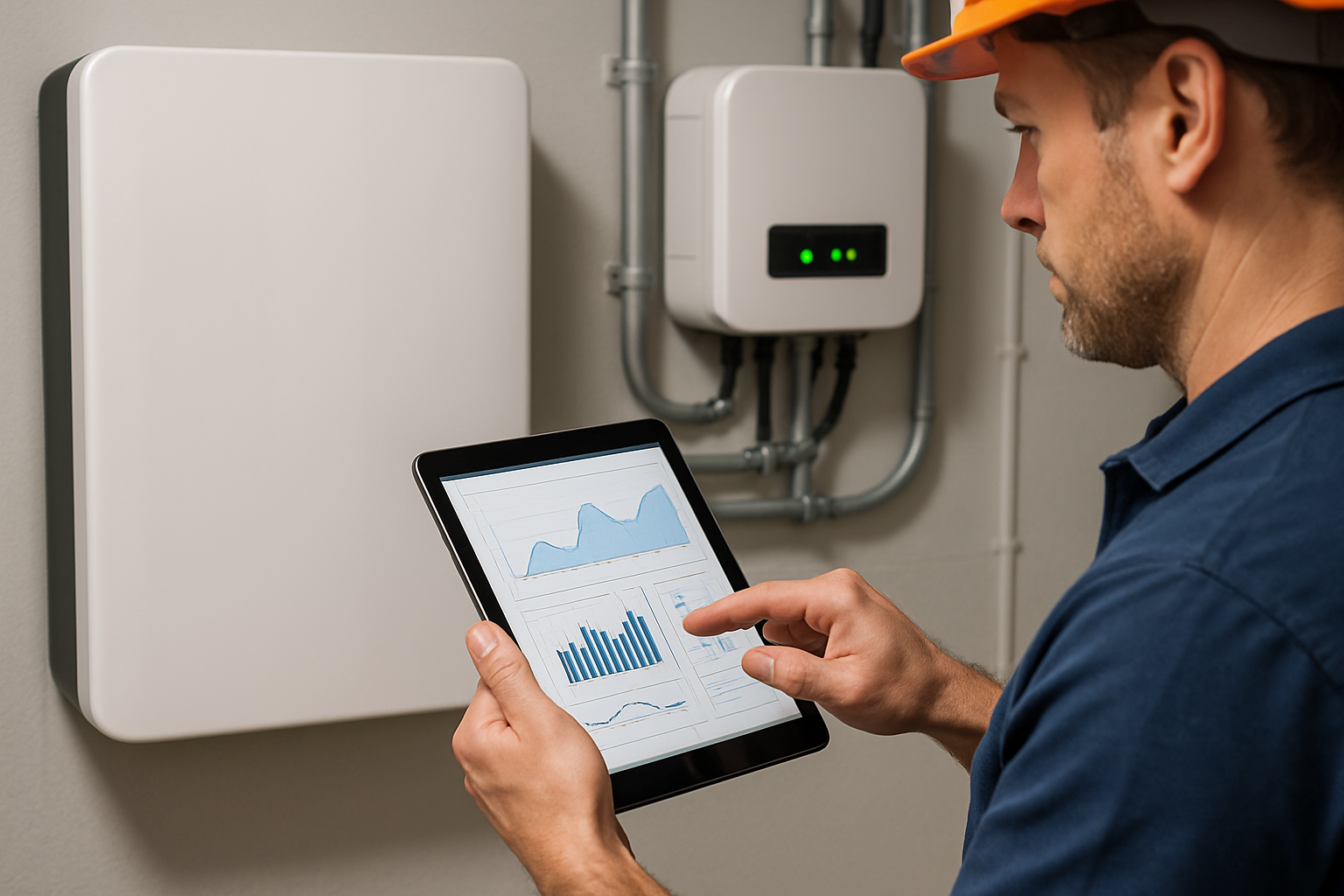Installing a solar PV system offers energy independence—but safety must come first. Proper grounding and surge protection are essential to safeguard your installation, your property, and your peace of mind. These critical steps are not optional.
The Fundamentals of PV System Grounding
Grounding provides a safe path for fault current, preventing energized metal parts and enabling protective devices to trip properly. The NEC (e.g., Articles 690.41–690.47) defines requirements such as equipment grounding conductors (EGC), grounding electrode conductors (GEC), and bonding jumpers. Use only UL-listed connectors and ensure a single point of bonding and grounding. Detailed guidelines are available in this grounding design reference: Grounding in Surge Protection.
Typical Grounding Mistakes
- Inadequate connectors: Utilize listed grounding lugs, not generic fasteners that may corrode.
- Improper bonding: All metal components—frames, racks, enclosures—must be connected with EGC to maintain continuity.
- Isolated grounding electrode: Separating PV ground from building ground can cause dangerous voltage differentials. Always bond them together to avoid risks.
Ground-Fault Detection Requirements
NEC mandates ground-fault protection for DC PV circuits over 30 V or 8 A to mitigate fire hazards. Protection devices must detect faults, isolate the faulted circuit, and display a clear indication. See NEC Article 690.41(B) for coverage details: NEC Article 690 – Ground-Fault Protection.
Surge Protection Essentials
SPDs guard PV systems against overvoltages caused by lightning or grid switching. Effective SPD deployment requires both grounding and correct device selection.
SPD Types & Recommendations
UL 1449 classifies SPDs into Types 1, 2, and 3. For PV applications, install Type 1 or Type 2 SPDs at combiner boxes and DC/AC disconnects. Type 2 SPDs are common for indirect lightning protection—especially on MPPT inputs and inverter inlets: Surge Protection for Photovoltaic Systems.
Best Installation Practices
- Correct rating: SPDs must have MCOV at or above system voltage.
- Minimal lead length: SPD leads must be as short and straight as possible to limit inductive loss—ideally under 50 cm total length: SPD Installation Guide.
- Shield communication lines: Apply SPDs on data and control lines to prevent indirect surge paths.
Conclusion
Grounding and surge protection are fundamental to safe and compliant PV installations. Follow NEC standards, avoid common mistakes, and always engage licensed professionals. These steps ensure safety, system longevity, and code compliance.
Disclaimer: This article is for informational purposes only and not a substitute for professional electrical advice or code verification.





Leave a comment
All comments are moderated before being published.
This site is protected by hCaptcha and the hCaptcha Privacy Policy and Terms of Service apply.